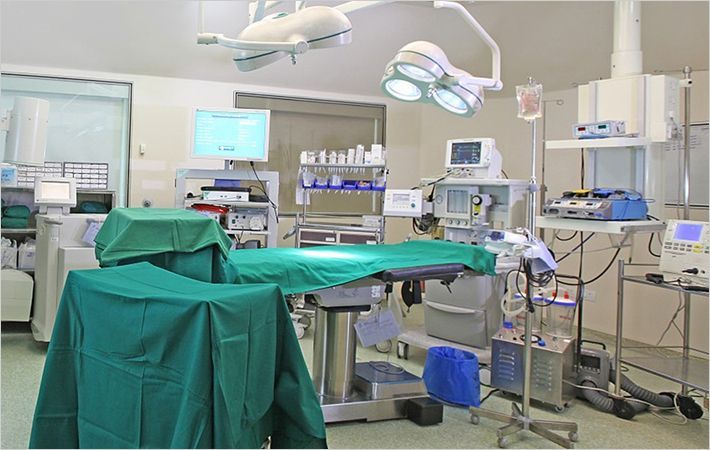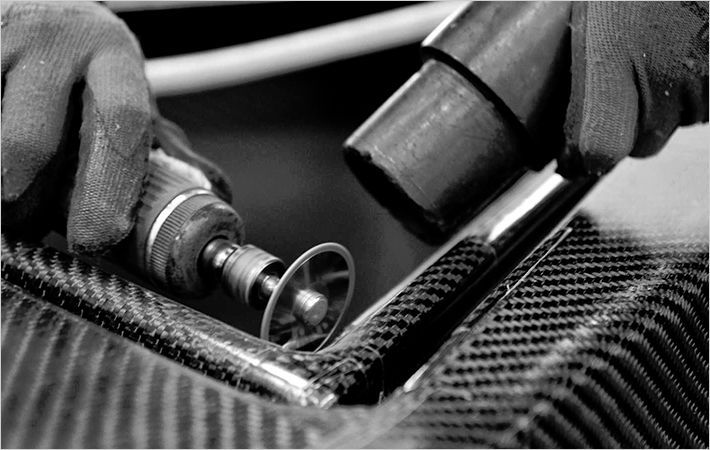Following the course, a new set of Suzuki S1600 body panels were vacuum bag infused by Karbonius using a new, much tougher laminate design. This new laminate design comprised of Crestapol 1250LV with two layers of twill Aramid fibre fabric (200 g/m2) and one layer of Silionne glass fabric (245 g/m2). Due to the high mechanical properties of the Crestapol resin plus the greater moulding control possible with vacuum infusion, less resin was needed. As such, a thinner and lighter laminate could be moulded.
The total weight of the new Aramid-glass Crestapol 1250LV body panel kit was only 10.8 kg, a reduction of 13.2kg (55%) from the 24kg weight of the original VE Silionne glass body panels. Alongside a major weight reduction, was the significantly improved impact properties of the body panels due to a combination of the much tougher Crestapol 1250LV resin and the Aramid fibres.
After seven gruelling races, all the new Crestapol body panels are still in good shape on the two cars. David Segade commented: “It is amazing what these vacuum infused parts made with Crestapol 1250LV resin can withstand. The glass fibre epoxy resin front bumper only lasted one race! I am very impressed with the significantly lower weight and improved toughness of these Aramid-glass fibre Crestapol body panels, as is the Suzuki-Repsol team.”
For Karbonius, there have also been significant manufacturing productivity benefits in switching from an epoxy resin to Crestapol 1250LV. Segade went on to explain why: “When compared with the epoxy resin, we reduced our overall production time by more than six hours. This is because Crestapol 1250LV resin, in addition to being easy to infuse, cures at room temperature and so can be de-moulded in only few hours.
"When we manufactured body panels with epoxy resin, the parts typically needed to be post cured at a minimum of 65 ºC for up to 12 hours. For Motorsport body panel applications, I personally think Crestapol 1250LV is probably the best product currently available on the market. It is certainly the best resin for high performance FRP parts that I have used.”
Scott Bader

